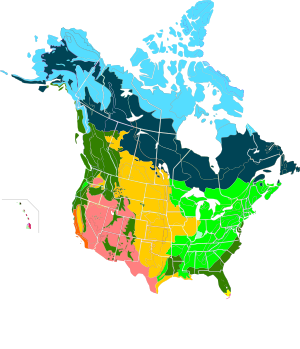

Sea-ice terminology, that includes the terms: It is the opposite of perigee.Ī type of fog that forms when an outbreak of cold Arctic air settles over an expanse of open, relatively warmer water. The point in the moon’s orbit that is farthest from the Earth. Rotation of an air mass that is clockwise in the Northern Hemisphere and counter-clockwise in the Southern Hemisphere. It is generally associated with fair weather.

Sea-ice terminology that describes submerged ice attached or anchored to the bottom of the sea, irrespective of the nature of its formation.Ī high pressure system with an anticyclonic circulation.

Alerts are currently issued as special weather statements, advisories, watches and warnings. Alerts are issued by Environment and Climate Change Canada’s Meteorological Service (MSC) for weather or environmental hazard events that are either occurring, imminent, or forecast to develop. It may extend over an area of several million square kilometres and over a depth of several kilometres.Ī transmitted signal used to heighten awareness and/or initiate preparation for action. An area of brash ices that is not compacted.Īn extensive body of the atmosphere with comparable temperature and humidity. These ridges are like undulations or waves.Ĭanadian sea-ice terminology that is not part of the World Meteorological Organization’s (WMO) terminology. Sea-ice terminology that describes a ridge that has undergone considerable weathering. These acids form in the atmosphere when industrial gas emissions combine with water, and have negative impacts on the environment and human health.įog which forms when a relatively moist and warm air mass moves over a colder water or land surface.Ī type of alert from Environment and Climate Change Canada’s Meteorological Service (MSC), where a certain weather or environmental hazard (for example air quality and tsunami) is either occurring, imminent or is expected to occur. Reduction of the water equivalent of a snow cover by melting, evaporation, wind and avalanches.Ī generic term used for precipitation that contains an abnormally high concentration of sulphuric and nitric acid.


 0 kommentar(er)
0 kommentar(er)
